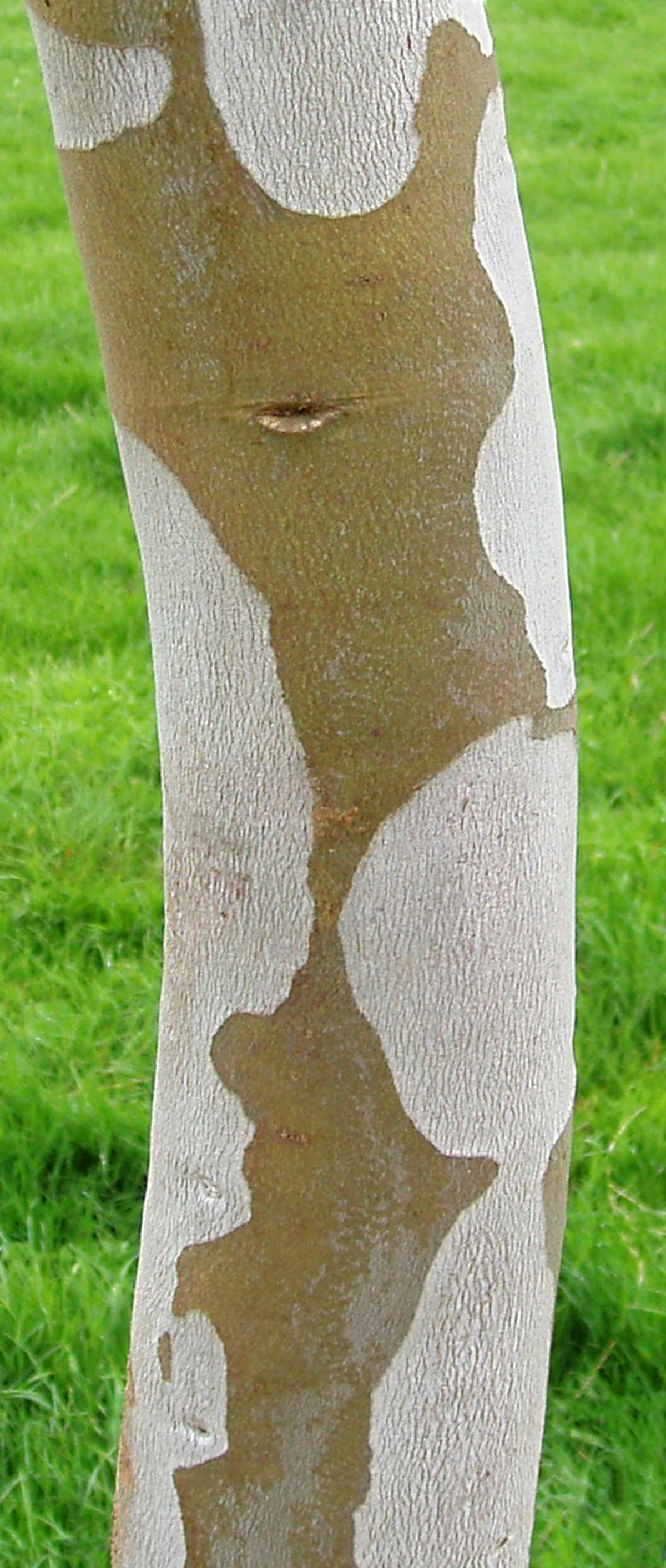
WhiteWillow Bark
The WhiteWillow is a large deciduous tree, covered in white hair and up to 75 feet in height.Some of its names include Willow, European Willow etc, but its scientific nameis Salix Alba. Its bark is used for a variety of purposes, including medical,and some medical practitioners consider it an alternative to Aspirin. Its usageis propagated by many native cultures from as early as 400 B.C.
TheBenefits of White Willow Bark
WhiteWillow Bark produces a mildly acidic extract called salicin. Salicin is used asa pain killer, especially headache due to its analgesic properties. Salicin is often thought to be a naturalalternative to ibuprofen and acetaminophen, and is very effective as a cure forarthritis, as well as being effective in preventing blood clotting. Herbalistsalso recommend white willow bark for treating menstrual cramps, fever, flu,tendonitis and bursitis. Methods of inducing salicin include chewing the bark,or making tea.
Dosage and SideEffects
People whoare allergic to Aspirin, are taking anticoagulant or anti-platelet drugs, orare under the age of 16, should not take White willow bark, as they riskdeveloping Reye syndrome. A large number of people are allergic to white willowbark, with symptoms such as skin rash, itching or swelling, as well asdizziness and troubled breathing. There have been reports of white widow barkhaving adverse effects on health, but this is largely in cases when people haveconsumed exceeded the recommended dosage. Negative side effects include stomachdiscomfort similar to diarrhea, mild to severe nausea, fatigue, dizziness, ringingin the ears, black stools and an increased vulnerability to cuts and bruises.
It is always advised to take doses regulatedby experts. One should never drink more than 3 or 4 cups a day, or 60 to 240 mg of salicinif inducing in liquid form. Anything higher requires consultation from aregistered medical practitioner. One should also becareful not to take substances that contain salicylates, such as blackcohosh, commercial topical preparations like Ben Gay and wintergreen essentialoil, in the same time as White willow bark or salicin. This would increase therisk of side effects of the white willow bark. Whatever dosage or form of salicin and White willow bark one ingests, it is critical to act with caution, and never consume either without the supervision of a health care specialist.
The teaitself is made by boiling 1 to 2 teaspoons of bark for 15 minutes. One should later steep it for half an hour, filter it, and finally, let it cool down.

















Your thoughts on this
Loading...